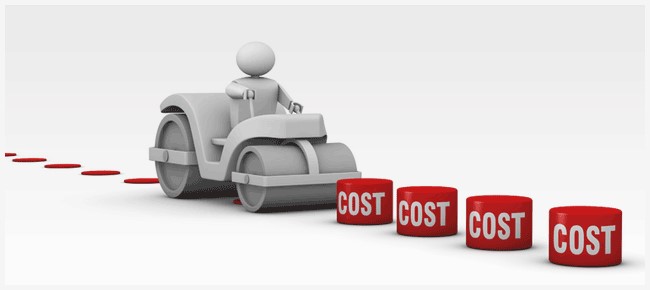One of the most important keys we have in companies is not to let a crisis get stuck. This makes it over time much more difficult, more complicated to resolve and more radical measures.
Like any action of this type, it means that we are going to have to make changes. The changes are going to have to be communicated especially to our workforce. They will also have to be communicated externally, depending on the situation.
And before all of that, we are going to have to talk to our key team for this transformation and change what we need to make to get our company back on the path to growth and profitability. These are our allies. The coalition that will help us achieve our objectives.
Within all the actions that we are going to carry out, it will be very convenient to establish some of them that are easy and quick to achieve so that the plans that we explain internally acquire credibility, and that it is observed that they are achievable. Always with the aim of maintaining the maximum degree of motivation in our employees, in spite of the fact that the actions may be hard.
Next, we will see in a brief way what kind of actions we can implement to solve a crisis situation in our company.
Analyze your expenses
Conduct a thorough review of your expenses and determine which are essential and which are not. Consider eliminating or reducing non-essential expenses.
Negotiate with your suppliers
Contact your suppliers and negotiate lower prices or longer payment terms. If you have several suppliers, compare prices and terms to get the best deal.
Optimize your inventory
Analyze your inventory and reduce products that are not selling well. Also consider reducing inventory levels to free up capital.
Review your contracts and subscriptions
Analyze your contracts and subscriptions and cancel those that are not essential or are not being used. Also consider renegotiating contract terms.
Use technology
Use technology tools and applications that allow you to automate processes and reduce personnel costs. Also consider implementing telecommuting solutions to reduce office costs.
Analyze the components of your products
If you are an industrial company, look for alternative raw materials and components that meet the specifications required by the customer but have lower costs.
Manage collections
Manage collections more efficiently by requiring customers to meet deadlines and, where possible, reduce collection periods.
Review prices
Review your product prices and margins to ensure that you have positive profit and contribution margins. If not, decisions will have to be made.
When you have implemented all these actions, you will have made sure you have a positive profit and contribution margin.



